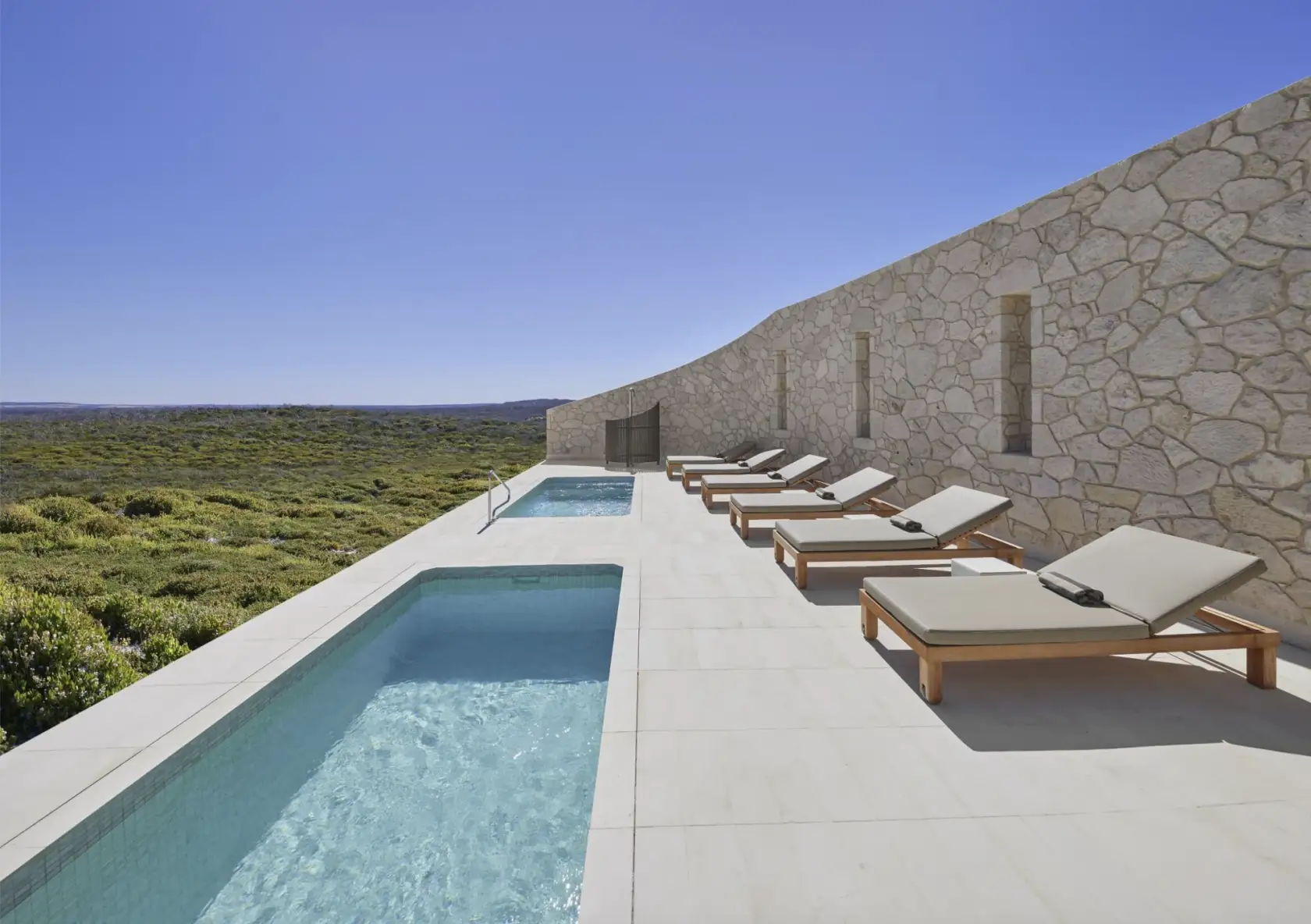

The big chill – winterising your pool
While most parts of Australia enjoy a relatively mild and short winter, your swimming pool still needs a little TLC to survive the off-season. Turning off the pump, throwing on the cover and hoping for the best come springtime might present some nasty surprises, so it’s a good practice to winterise your pool and keep an eye on things.
That means taking steps to ensure that pool water stays healthy during the cooler months, lessening the need for major adjustments in spring. Of course, not everyone needs to think about winterising, as warmer climates or heating systems can deliver year-round enjoyment of your pool or spa. If you are likely to close down the pool and take a short break while the temperature dips, read on.
Clean the filter
First up, you will need to thoroughly back-wash and clean the filter. Heavy pool use over summer means sunscreen, skin oils and other contaminants have most likely formed a build-up of residue which will harden over winter, so attack it with a quality filter clean-and-degrease product. Ensure that both the skimmer basket and lint pot are free from debris and lubricate all o-rings with a silicone-based product.
It’s also a good time to check and replace the filter media if required. Filter media is the material used to trap the dirt in your filter, which can deteriorate over time, lessening its efficacy. There are various types of systems which employ different media types including sand, glass pearls or cartridges. If you aren’t sure about your system, or how to change the filter media, speak with a SPASA member, your local pool shop or a certified pool technician.
This is also a good time to check flow return. if you don’t see a strong flow of water returning to the pool when the filter is on, you’ll need to investigate further and should again refer to a SPASA accredited tech or your pool shop for advice.
Test the water
Conduct water testing or take a sample into your local pool shop and have them do it for you. optimum pH and total alkalinity levels are as follows:
pH: 7.2 to 7.6 for concrete pools, or 7.0 and 7.2 for fibreglass.
Total alkalinity: 80–120 ppm
Change clocks and timers
A reduced bather load and cooler temperatures means the filter doesn’t need to work as hard as it does during the swimming season, but you should still aim to turn the water over at least once per day. That generally means running the filter for a four-hour cycle, so adjust your timers to reflect the reduced requirement and utilise off-peak tariff times if possible.
Clean the chlorinator cell
For pools with a salt chlorinator, thoroughly clean the cell using a specialised salt cell cleaner product. You won’t need the chlorinator to run as it does during peak season and every unit is different, so refer to the manufacturer’s instructions for information on a suitable setting. Seek out further advice if you need it. You will need to continually check the chlorine level over the next two weeks to ensure that there is still 1–2 ppm free available chlorine. This may require increasing or decreasing the chlorinator’s output to achieve balance but, once attained, you should only need to check levels once a fortnight.
Clean the pool and surrounds
Brush the walls and floor and vacuum the pool thoroughly to ensure all debris is removed, leaving nothing for algae to feed on. Gather up all unused equipment and pool toys and store them away safely.
Keep up regular checks
Once you’ve carried out all the necessary winterising tasks, you will need to sporadically check and empty leaves and other debris from the skimmer basket and keep an eye on the water level (it should be halfway up the skimmer box opening). You should also sporadically check to see if the filter needs backwashing.
Cover up
Covering the pool is not only the most effective way of ensuring leaf litter and other debris is kept to a minimum, it will also reduce chlorine consumption.
Outsource it
If winterising feels too onerous or time-consuming to take on yourself, contact a SPASA certified pool technician who can assist. They can also perform a pool ‘health check’ in spring, ensuring everything is ready to go when the weather warms up.
